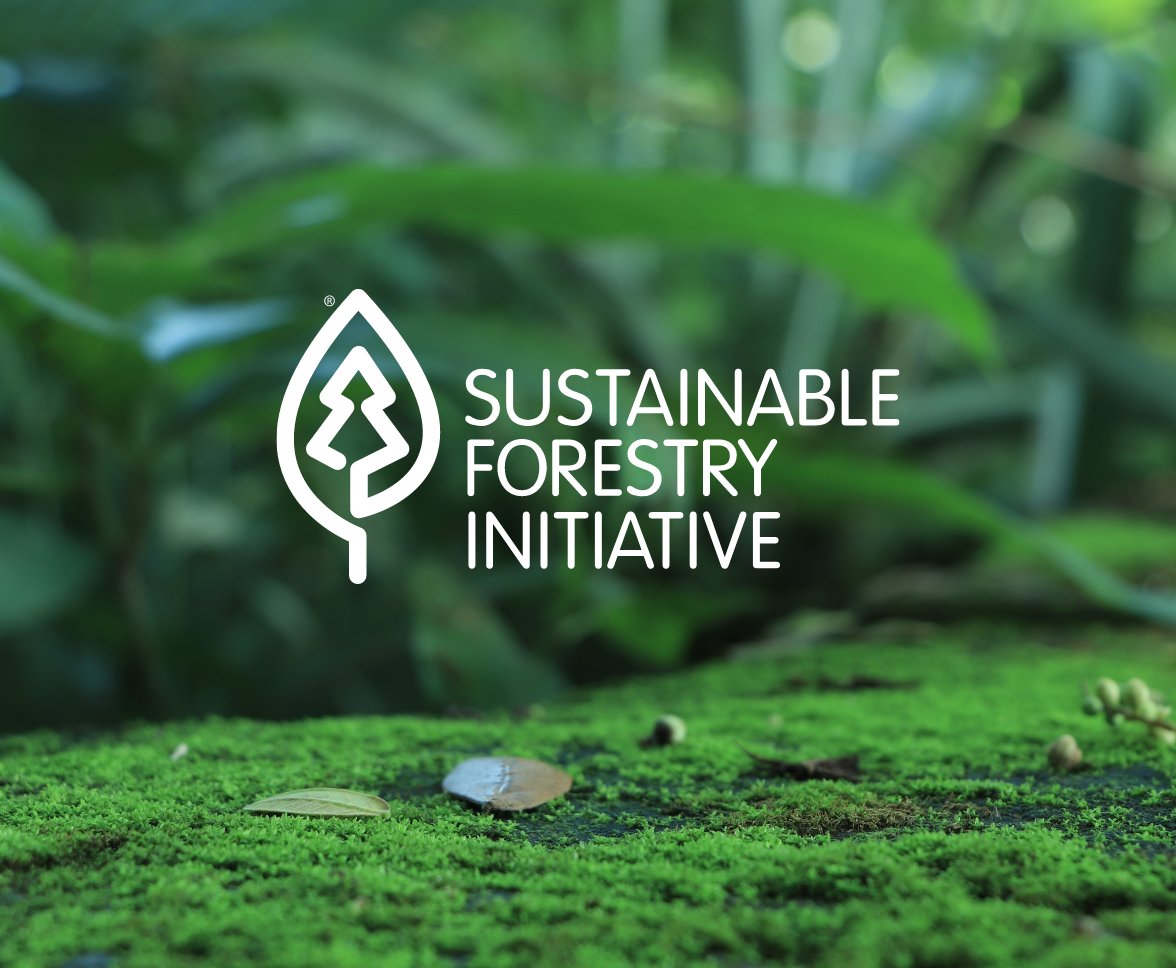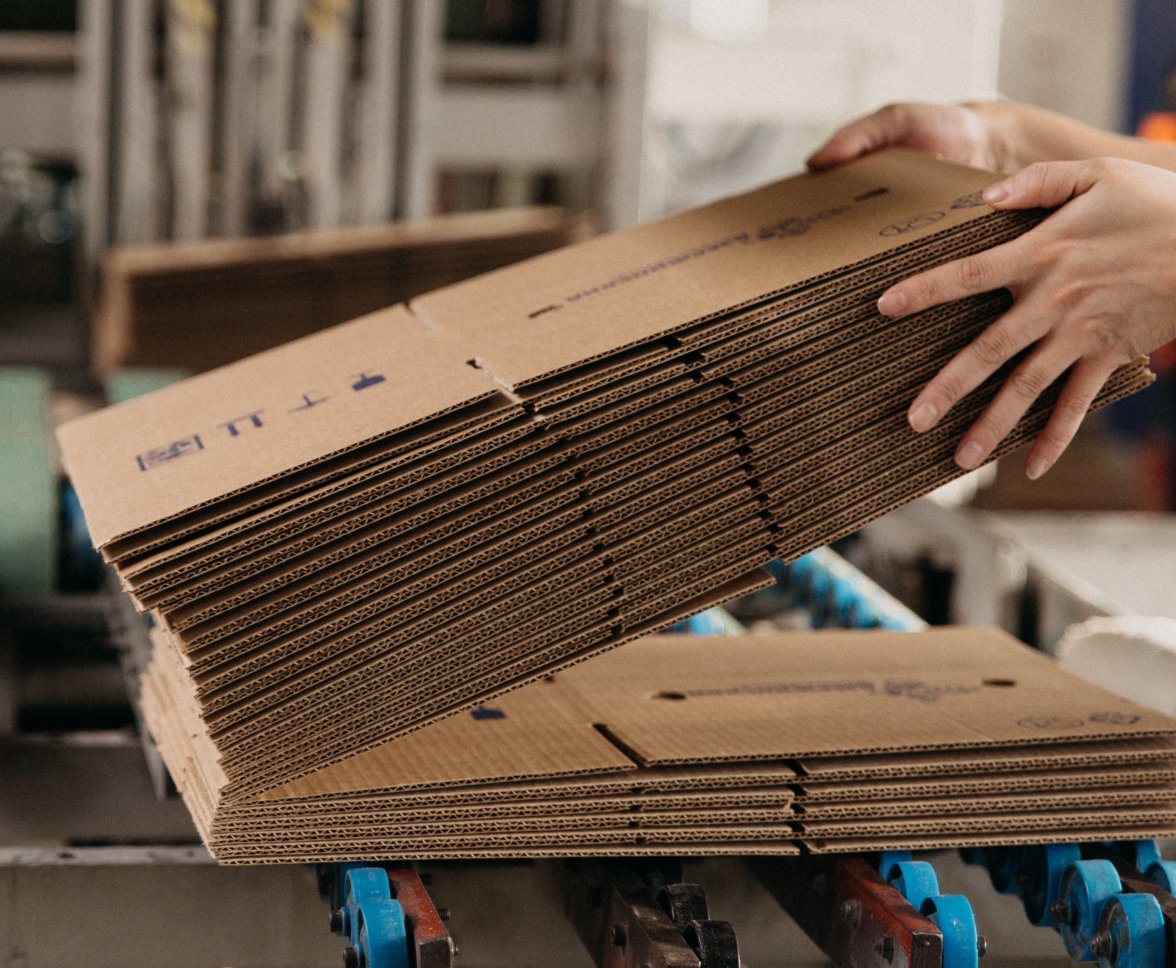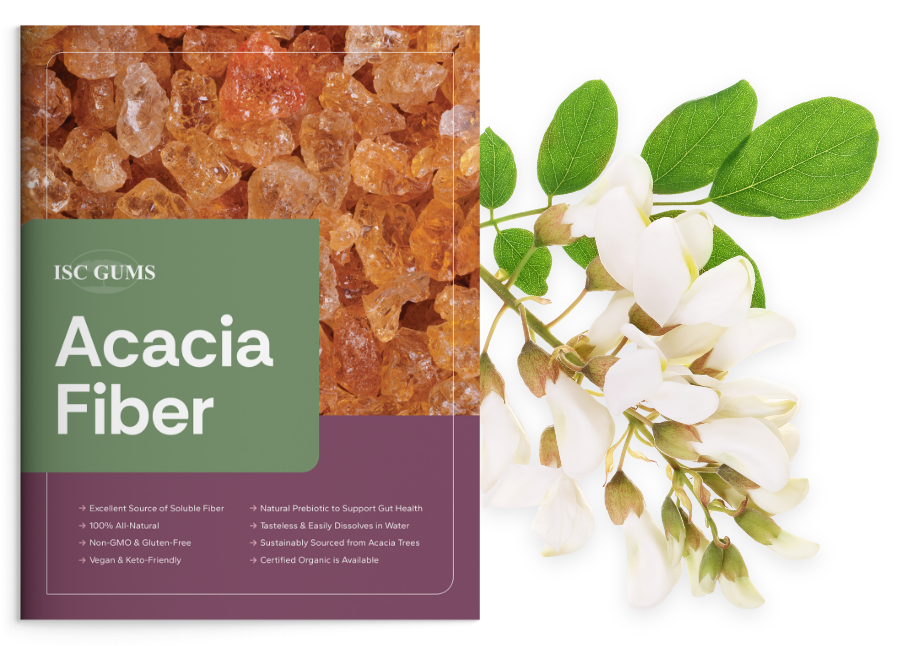80+ YEARS OF QUALITY
About ISC Gums
Founded in 1941, ISC Gums is a family-owned and operated business with a longstanding reputation for quality and innovation in the production of acacia. Headquartered in Edison, New Jersey, ISC Gums supplies high-quality acacia to over 60 countries, serving a broad range of applications and industries worldwide.


OUR FACILITY
Acacia Production
With 75 dedicated employees, ISC Gums operates a 120,000-square-foot production facility featuring two custom-designed spray drying lines. Each line is dedicated to a specific species of acacia, eliminating cross-contamination risks, reducing downtime, and streamlining changeovers.
Our proprietary processing technique uses lower heat and shorter processing times, preserving the emulsion characteristics of acacia, particularly Gum Acacia Senegal, to ensure the highest product quality.
BENEFITS OF ACACIA FIBER
A Pure, Earth-Friendly Ingredient

Organic

Non-GMO

Vegan

Clean Label

Natural

Sustainable
OUR PRODUCTS
What We Offer
Acacia Seyal
Unlike the ancient acacia senegal, the commercial use of acacia seyal is a relatively recent and exciting development.
Acacia seyal, an exudate from the Leguminosae family, has only been commercially available in the United States since 1988. Prior to this, it was commonly used in its raw form as a confection in India. While crude seyal was abundant, it wasn’t until 1984 that ISC Gums developed the techniques for selecting, purifying, and drying acacia seyal, enabling the production of spray dried acacia seyal. Since then, Acacia seyal has gained widespread acceptance, initially in industrial applications and more recently in food and pharmaceutical sectors for coatings, encapsulation, tableting, and as a source of soluble fiber.
Today, acacia seyal is sourced from several sub-Saharan African countries, including Chad, where it’s known as “Friable,” and Nigeria, where it’s referred to as “Grade No. 2.” Interestingly, acacia seyal is harvested differently from acacia senegal. Rather than being tapped for the exudate, A. seyal exudes naturally through cracks in the tree’s branches and bark. Historically, the exudate would often go unharvested, falling to the ground and becoming unsuitable for food applications.
However, ISC Gums revolutionized this process. In the 1990s, ISC developed methods to decolorize the naturally dark Acacia seyal without compromising its desirable properties, opening up new markets for applications that require a white powder or colorless solutions, where once only brown solids or liquids were available. Today, our spray dried acacia seyal offers a cost-effective alternative to other acacia and starch-based products on the market.
Acacia Senegal
Acacia, used for over 5,000 years, is the oldest and most well-known natural hydrocolloid. In ancient Egypt, it was used in cosmetics, inks, and mummification, as well as a pigment binder in painting. Shipped by Egyptian fleets, acacia eventually reached Europe through Arabian ports, where it became known as Gum Arabic. During the Middle Ages, the Turkish Empire controlled the trade, leading to the name Turkey Gum, while its trade around Bombay earned it the name East Indian Gum.
Acacia senegal is the dried exudate from the stems and branches of Acacia senegal species. It consists mainly of polysaccharides and their salts, which yield arabinose, galactose, rhamnose, and glucuronic acid upon hydrolysis.
Most commercial acacia comes from Acacia senegal and Acacia seyal, primarily found in the Sahel region, which stretches from Senegal in West Africa to Somalia in East Africa. Interestingly, acacia is produced by trees in poor health, with factors like hot weather, poor soil, and low moisture enhancing yields. To encourage production, locals strip the bark from trees, causing gum to form in the wounds within 3 to 8 weeks, depending on weather. Droplets are about 0.75 – 3 inches in diameter, and they gradually dry and harden on exposure to the atmosphere. Each tree produces 400 to 700 grams of gum annually.
The dry season, from October to June, is when acacia is collected every 10 days, while no gum forms during the rainy season when the trees bloom. After collection, acacia is brought to villages, where it is cleaned through sieving, hand selection, and grading to remove sand, bark, and impurities before being sold at market.
Tragacanth
Tragacanth is a natural exudate derived from several species of legumes, particularly Astragalus species. It is harvested by draining from the roots of the plant, where it exudes in twisted ribbons or flakes before being dried.
Tragacanth is viscous, odorless, tasteless, and highly water-soluble. When mixed with water, it absorbs moisture to form a gel that can be further stirred into a smooth paste, making it highly versatile for various applications.
Tragacanth has a broad range of uses across multiple industries. In the pharmaceutical and food sectors, it serves as an emulsifier, thickener, stabilizer, and texture enhancer. Its ability to form gels and stabilize mixtures makes it invaluable in the formulation of certain products, such as syrups, dressings, and creams. In industrial applications, tragacanth is utilized as a binding agent in artist pastels, a stiffener in textiles, and a compound in leatherworking. It’s also employed in cosmetics and personal care products for its thickening and film-forming properties.
Though not as widely used as other hydrocolloids like acacia or xanthan, tragacanth continues to be a valuable ingredient due to its unique properties and the lack of suitable alternatives in certain applications. Its ability to create stable, long-lasting formulations makes it a reliable choice, especially when a more natural or specific solution is needed.
OUR CARBON FOOTPRINT
Sustainability
ISC Gums currently maintains 3600 solar panels on the roof of our world headquarters in Edison, New Jersey. This multimillion dollar investment has reduced ISC’s electricity consumption by 90%. This project, combined with our recycling efforts, energy recovery investments and sustainable forestry packaging initiative has made ISC Gums the only acacia producer in the world to take tangible steps to significantly reduce its carbon footprint.




Explore the Power of Acacia Fiber
Learn how acacia fiber supports health, sustainability, and innovation across industries. Download our white paper for in-depth insights into its benefits, versatile uses, and environmental impact.
